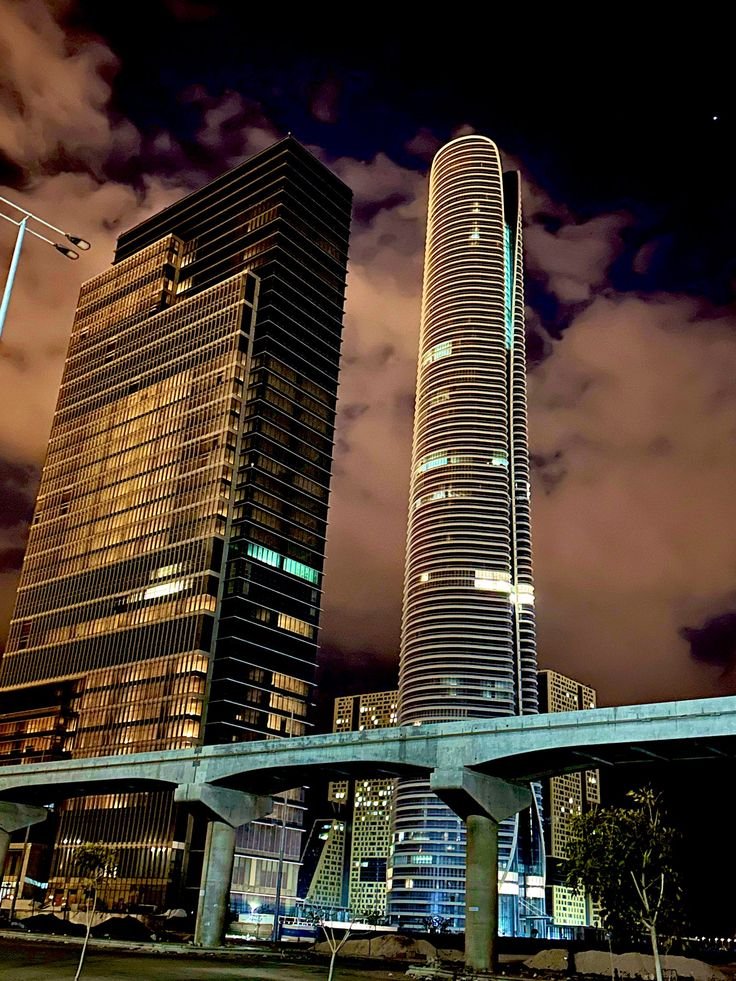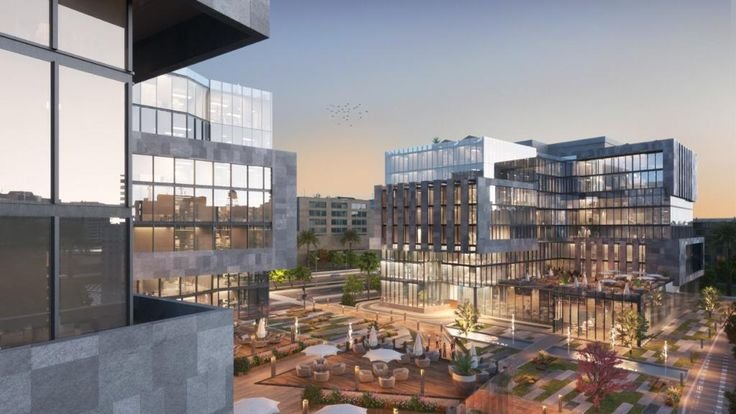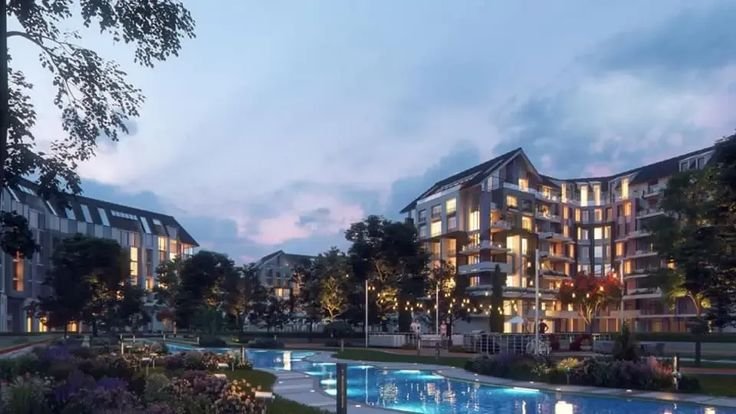3 Key Reasons the New Capital Shapes Egypt’s Real Estate Future
The New Administrative Capital… Egypt’s Gateway to the Future
In recent years, real estate investment has become one of the key drivers of Egypt’s economic development. With the rise of the New Administrative Capital as a massive national project, both local and international investors have turned their attention toward it.
The New Administrative Capital is not just another new city—it’s a strategic vision designed to redefine the concept of smart and sustainable cities in Egypt. With its advanced infrastructure, prime location, and diverse residential and commercial projects, it has truly become the future of real estate investment in Egypt.
The Development of the New Capital: From Vision to a Thriving Reality
Years ago, the New Administrative Capital was merely an idea on paper—aimed at reducing population pressure on Greater Cairo. But it soon evolved into a grand national project that completely reshaped Egypt’s real estate investment landscape. Today, the capital spans around 170,000 acres, carefully divided into residential, commercial, administrative, and entertainment zones—reflecting Egypt’s Vision 2030 for sustainable development.
The New Administrative Capital is more than an urban expansion—it’s a modern smart city that relies on digital management systems and renewable energy networks, setting a new model for sustainable cities in the Middle East. It features a 650 km modern road network, advanced electricity and water plants, and an integrated digital infrastructure, making it Egypt’s first truly “digital city.”
At its core lies the Government District, which houses all ministries and state authorities—solidifying the city’s role as Egypt’s new administrative hub. With the government’s official move to the new capital, the value of nearby projects in the Financial and Diplomatic Districts has surged, driving record-high demand for apartments and office spaces.
The city also hosts some of the most iconic landmarks in the Middle East, including the Iconic Tower—Africa’s tallest skyscraper—and the Central Business District (CBD), home to global companies and major banks. Residential zones like R7 and R8 are designed as upscale, fully serviced communities featuring international schools, hospitals, sports clubs, and vast green areas.
From an investment perspective, this rapid development serves as a strong incentive for both local and foreign investors. Each completed phase of the project increases property values, especially as the infrastructure and key utilities are finalized. The high-speed electric train and internal transport network enhance the city’s connectivity with Cairo and other major cities—making long-term investments even more rewarding.
Moreover, the city’s project diversity provides real opportunities for all types of investors—whether those seeking residential investments for rental income or commercial investors looking to buy offices or retail units in prime areas. Recent market reports confirm that the New Administrative Capital records the highest annual price growth among Egypt’s new cities, reflecting growing confidence from both developers and investors.
In short, the New Administrative Capital is no longer a “promising idea”—it is a living reality that blends technology, modernity, and economic stability. It stands as a genuine model of smart urban transformation and a comprehensive investment opportunity paving the way for a new era of real estate in Egypt.




